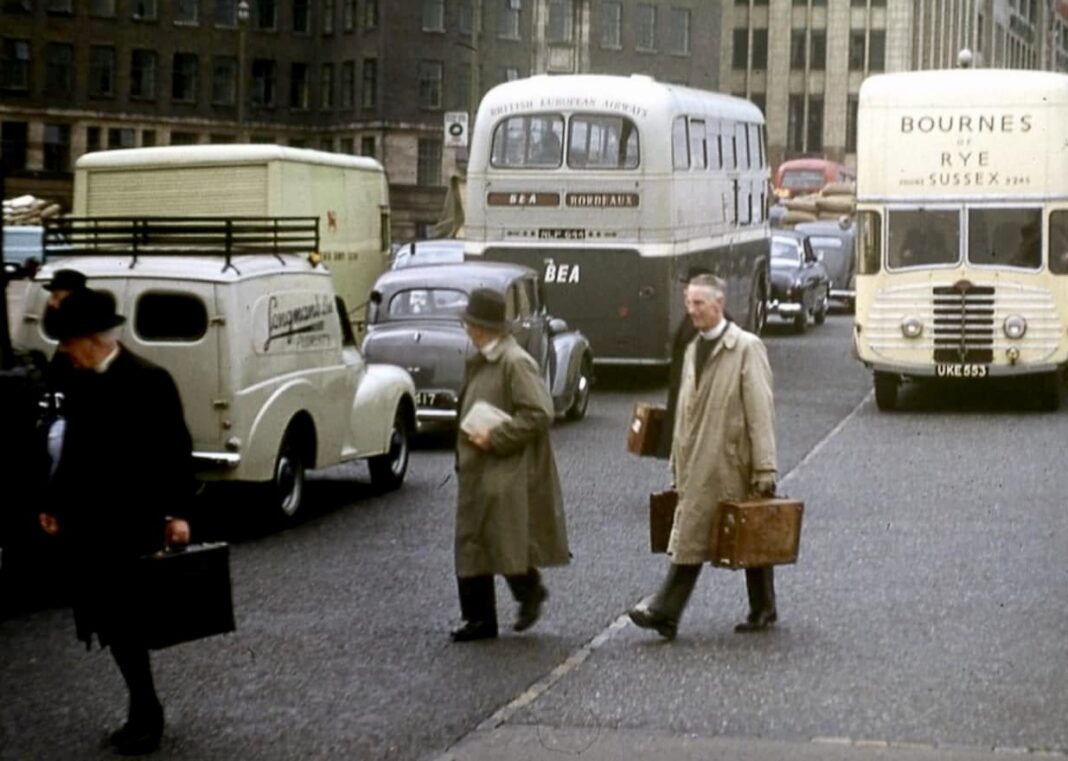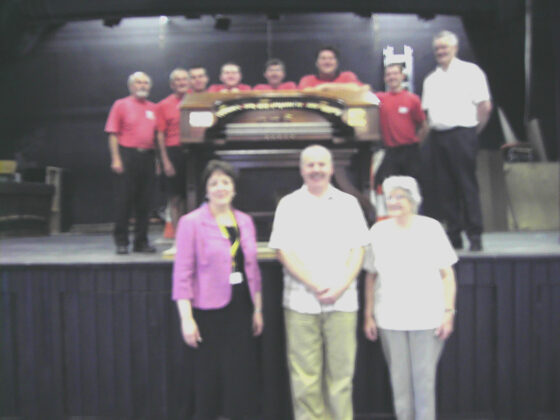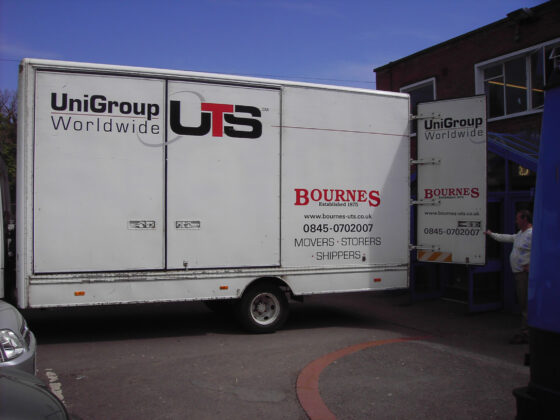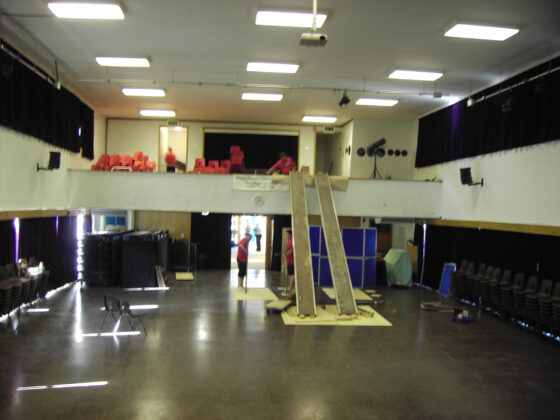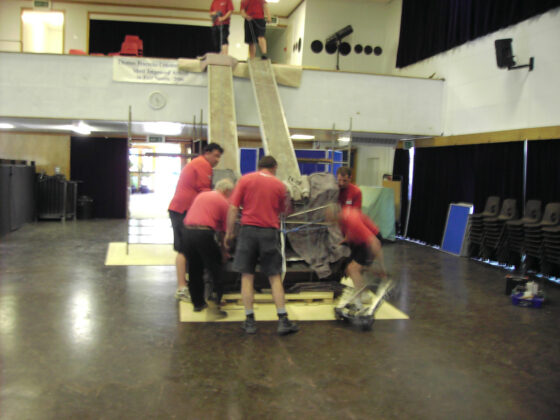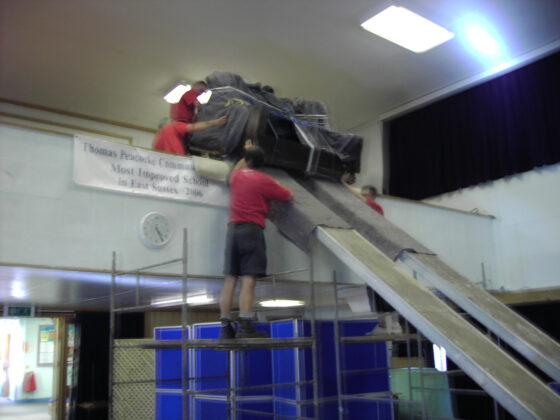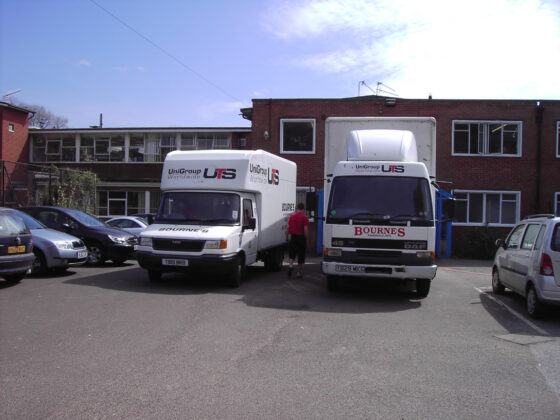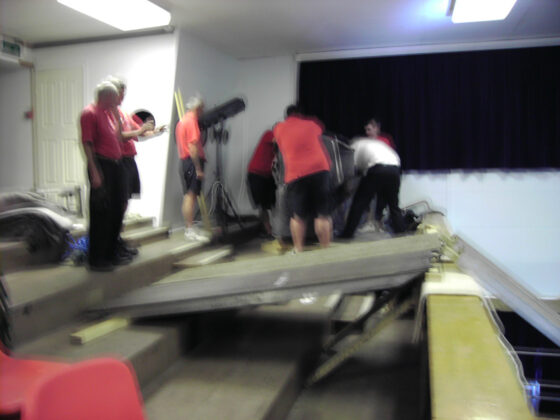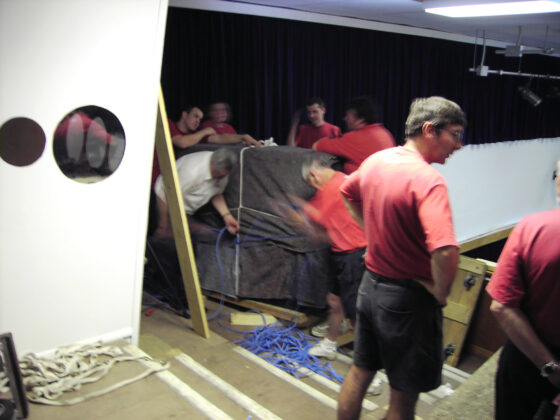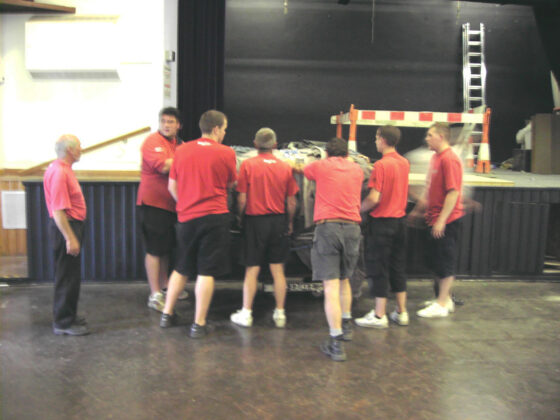Bournes Moves, the removal firm on Harbour Road, is celebrating its 150th anniversary this year. The Wurlitzer at Rye College is celebrating its 100th anniversary and there is a link between these two.
To help our Rye News readers to understand how this link came about, Eric Bourne offered to explain his part in it all and to answer these questions.
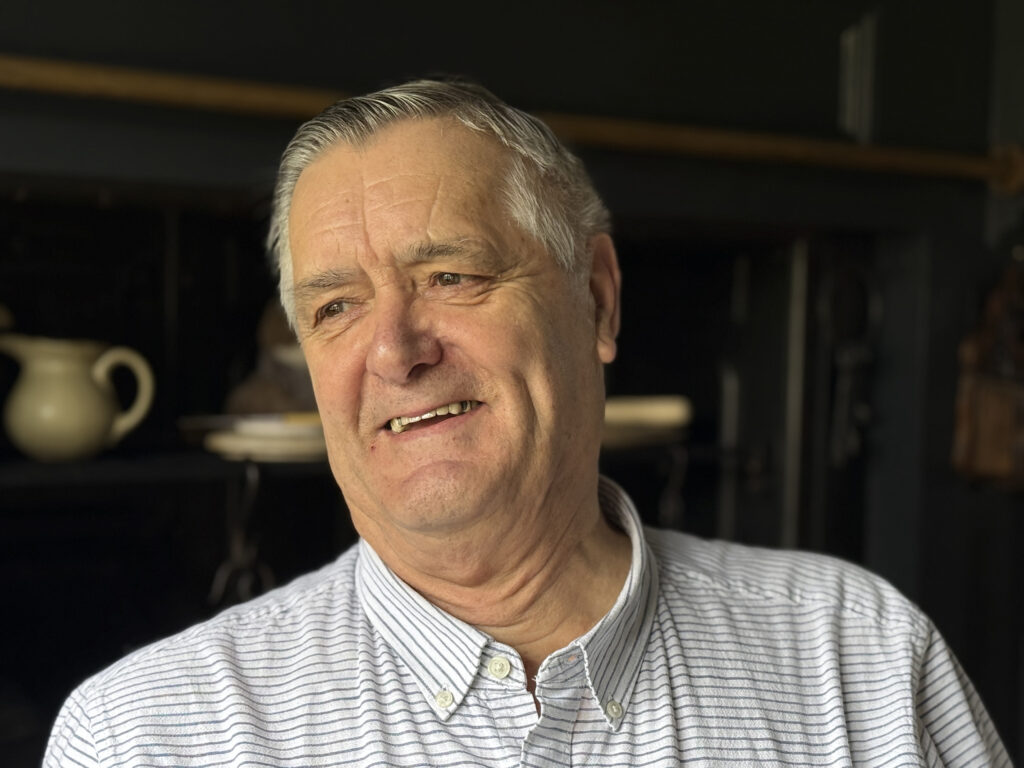
Who was the founder of Bournes?
My great-grandfather Thomas Bourne was the founder: I am fourth generation and my two sons and my nephew who currently run the company are the fifth generation. We are a family firm with our roots firmly set in the community and our aim has always been to look after our clients locally and further afield, often going the extra mile.
Do you come from a large family?
Yes, I am one of six children. We all went to the local school in Rye. I was the fourth child and was born in Appledore and when I left school I joined the family firm but my involvement started much earlier than that.
Where were the original offices of Bournes?
The business started in Bridge Place soon moving first to number 1, and then to number 14 Tower Street with a yard next door. We ran this site alongside another close by at Eagle Road, later adding a warehouse at Tower Street in 1957 (now Merchant and Mills) and additional storage at the Wool Store on Winchelsea Road, before eventually consolidating everything at Rock Channel shortly after I joined.
At what age did you get involved in the business?
When I was a youngster, about seven years old, I became interested in the business and spent many hours and days on the vehicles locally. When I was older, I went on longer trips. We had a collection and delivery service in London every Thursday and I loved being part of that in the holidays. I’ve got a keen interest in the specialist lorries that have served our various business types and my children often make fun of me because of my passion. In the 1950s the lorries, of course, were much smaller than those of today: it was a totally different world. I left school in November 1963 aged sixteen and a half, to work in the business and stayed part of it until I retired in 2017 having risen through the ranks from porter to become managing director.
What highlights of your career stand out in your memory?
There have been so many developments and changes and it has been energising to be part of and, in some cases, the creator of the growth and evolution of the company. When I joined the business the warehouse and depot was in Eagle Road and in 1974 we made the big move to Rock Channel, developing the site and warehouses and we expanded geographically too, buying businesses in Bromley, Tunbridge Wells, Ashford, and Gillingham. We moved our head office and Rye warehouse to Rye Harbour in 1990 and now we cover most of the southeast with depots in Aylesbury, Cranleigh, Tunbridge Wells and Rye. In 1992 as we looked to develop in the international market we joined a group of European Movers (UTS – which later became a global network) and this enabled me to travel around the world to meetings and visiting partners, which has also enabled my wife and I to travel extensively worldwide.
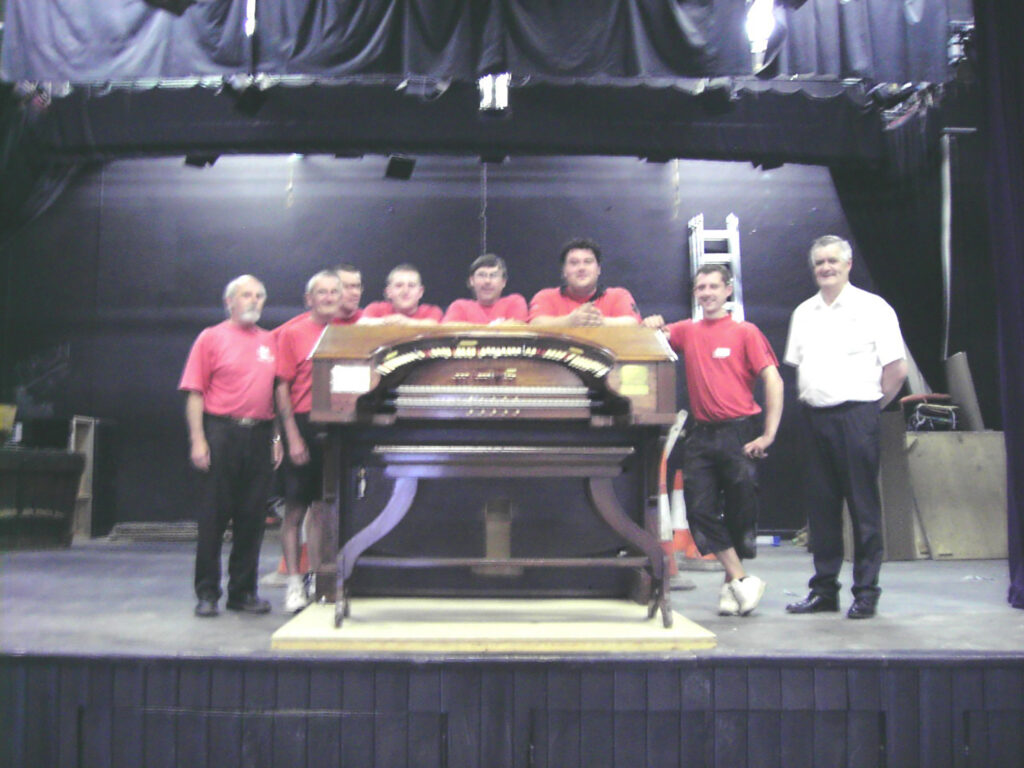
The moving of the Wurlitzer
At eleven years old in the summer of 1957, I first became involved with moving a huge Wurlitzer, or so it seemed so to me, from London to Rye. This, for an 11-year-old, was very interesting. The grammar school had just built the new gymnasium and school hall and the headmaster was interested in the Wurlitzer for his auditorium because he felt it would enhance assemblies. Jim Foster from Adams became involved in dismantling a Wurlitzer from a cinema in Tottenham High Road. He was known locally as the go-to man who knew everything about organs. The organ was dismantled by Jim and his son Clifford, ready for us to transport. I remember it being incredibly dirty. Ian Foster remembers stories being told of how the soot was ladled out of the bellows in dustpans as there was so much of it.
It was a full load for one vehicle with the console, pipes and all the paraphernalia, with the overflow travelling on a second vehicle. On delivery we had to take it from the main floor, up fifteen or sixteen feet onto the balcony as it was too wide for the doorways.
The crew built a base from old boxes, laying two long planks off the boxes and up to the front wall of the balcony. The console was then lifted onto the boxes, laid on its back on the planks ready to be manually heaved up the planks onto the balcony wall before being swivelled round and lowered onto the balcony for positioning.
It was a fantastic lesson in professionalism for me. The equipment available at that time was limited and very basic, but the crews took a great care in their activities, welcoming any new challenges without question. However, they took a lot of pride from their achievements and were always very particular to plan their progress ensuring that they and the items being moved stayed safe and undamaged. They made sure that I was aware of this and of the importance of adhering to safe procedures, as, although this was well before health and safety became a feature in everybody’s daily lives, they recognised the potential risk and danger within the removal activities.
A little over fifty years later we were asked to move the Wurlitzer from the balcony to its new home on the stage. Richard Moore asked me to visit the school to assess the methodology for the move and I decided that the principles used to move it onto the balcony were still the easiest and safest option for moving it back down as the access doors weren’t suitable for using mechanical lifting equipment. Although the actual weight of the console was not known I had assessed it to be between 250-300 kilos.
My crew and I prepared the console in a similar way to 1957 we carefully manoeuvred it down the two of Rye Hire’s decorator’s cross boards directly to the floor before lifting it back up onto the stage. Having been physically involved myself this time I really appreciated the skills and effort of the original team all those years ago!
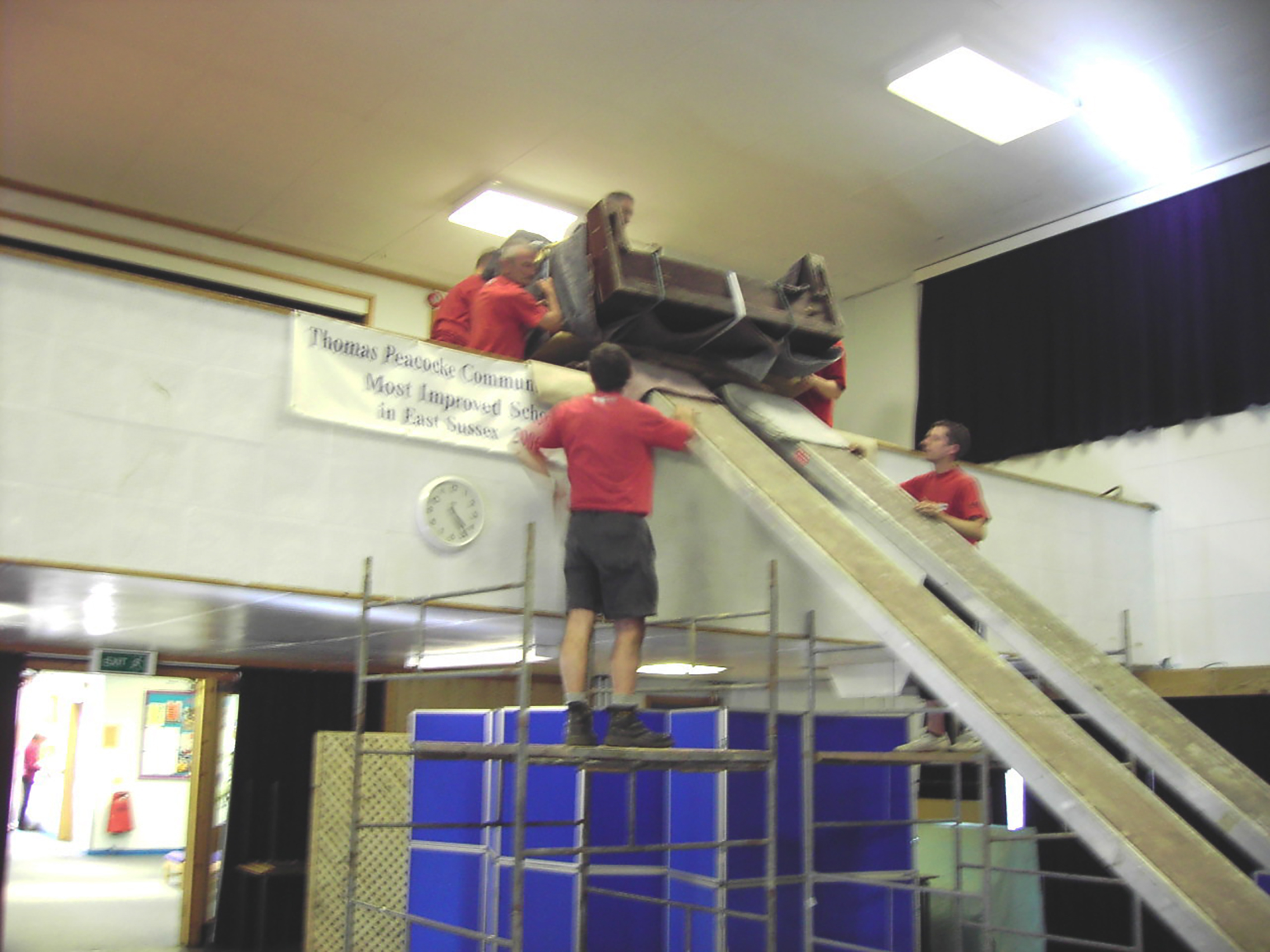
And now the connection becomes clear. One little gem to add: the headmaster would not allow the organist to use the percussion section, including the drums but they were allowed to use the church bells stop.
Image Credits: Bournes archives , Richard Moore .



